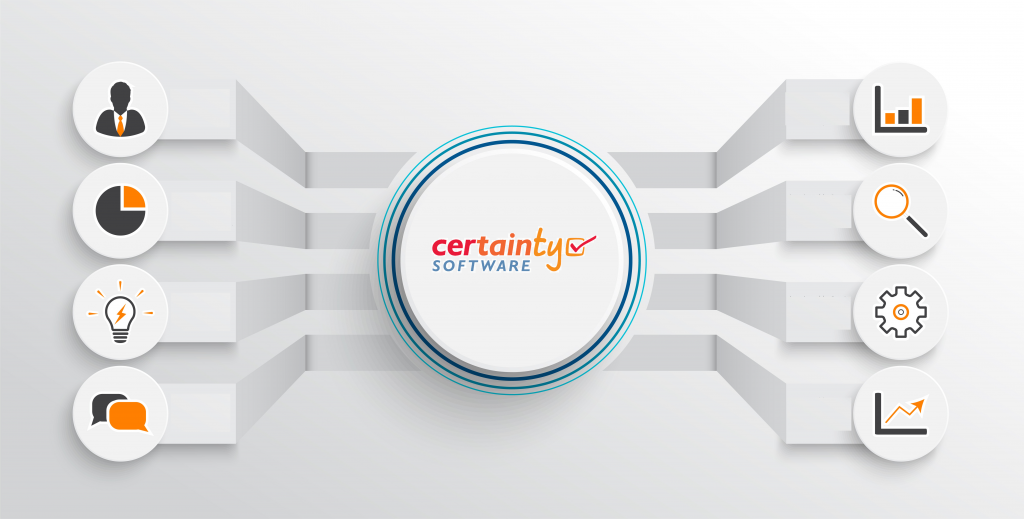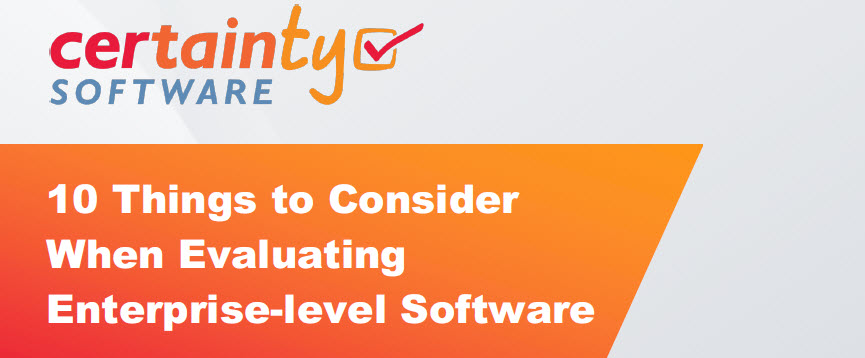The next step is now to look at how data will be integrated with your current systems.
Enterprise Level Inspection Software & Data Integration
The lifeblood of any business today is data.
And managing this data can be a huge challenge. Given the specialized nature of most corporate-level software packages, rarely is all the enterprise-level data needed to manage business risk, performance and compliance stored in a single database or even single location. Finance, HR, safety, production, maintenance… etc. All of these departments have their own data and data integration requirements.
When implementing new enterprise level software, integration with the software solutions used to collect, collate, store and report that data is hugely important for any organization.
Whether it is integrating to create enterprise-wide (and multi-data source) performance dashboards, enable Single Sign-On (SSO) to your network environment or linking with HR databases to avoid the time and cost of managing user data in multiple locations, it is very rare these days that an enterprise-level software solution is standalone.

As such, it is virtually essential that any solution you aim to use across your business can integrate with other enterprise software solutions for numerous reasons. Consider the following:
- Security: How secure is the data source and the proposed integration? Are industry-leading encryption standards being used? In this age of data breaches, your organization can’t afford to overlook this point.
- Reporting: Having data isn’t enough – your organization also needs to be able to leverage this data to make important decisions and report to stakeholders. How easy is it to access reports? Can non-technical managers and staff also access these reports easily?
- Overall Efficiency: Is the process of data integration of the enterprise software you’re evaluating straightforward? Will it work with the existing processes of your organization?
See if the enterprise software solution that you’re evaluating is able to checkoff these boxes:
- Does the solution provide for integration if needed?
- If you expect to have a large user community (i.e. >100 users), can the solution integrate directly with your HR database, so you don’t have to update user details in both locations as it changes over time?
- Can the solution accept periodic (even daily or hourly) data uploads (such as HR database updates or checklist dropdown lookup data)?
- Do you want users to be logged in automatically when authenticated to your corporate network environment and if so, does the solution provide for Single Sign-On (SSO) using an assertion protocol compatible with your infrastructure?
- Will you need data from the proposed solution to be available in other ERP or business intelligence reporting tools for corporate-level reporting (e.g. executive management, board reports)?
- Will data from other ERP or corporate databased be needed for reporting in the proposed solution?




